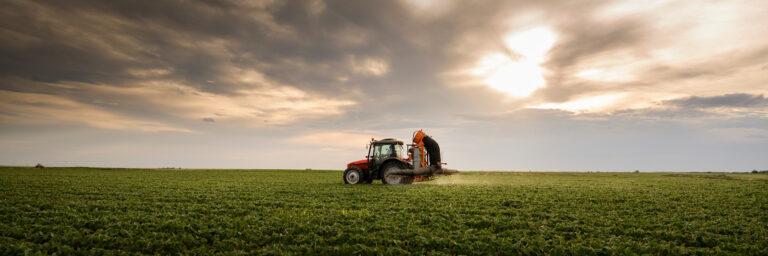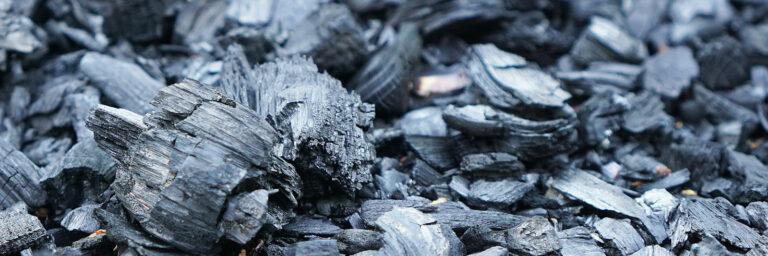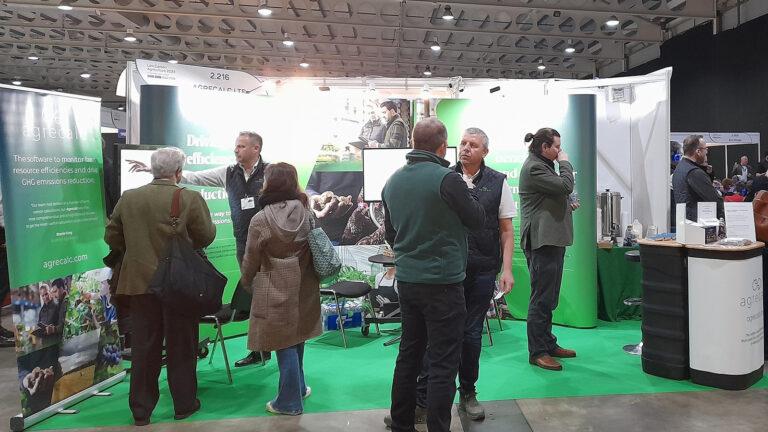
April Business Update: SRUC
After two years of operation as a Limited Company, Agrecalc became part of Scotland’s Rural College (SRUC) as of 1 April 2025.
In January 2024, and after engaging in consultations with the industry, DEFRA unveiled a sponsored report titled “Harmonisation of Carbon Accounting Tools for Agriculture”.
The comprehensive report, compiled by ADAS throughout 2023, reflects the status of development of six carbon calculator tools assessed at the time of writing. This evaluation encompasses Agrecalc’s Version 1 carbon calculator.
Below, we provide insights into each of the recommendations outlined in the report, with a focus on how they relate to Agrecalc’s existing features and the recently launched Agrecalc Cloud platform.
Our commentary addresses the alignment of these recommendations with Agrecalc’s current offerings, and the advanced capabilities introduced through the Agrecalc Cloud platform.
Agrecalc endeavours to differentiate on-farm activities and outputs based on the National Inventory approach in the UK, adhering to the industry-standard IPCC GHG accounting methodology (IPCC 2019, 2006).
The reporting of emissions within the Agrecalc Cloud is structured around the comprehensive Scope 1, 2, and 3 framework, enabling users to identify the specific scope under which emissions fall.
We report results at the whole farm, enterprise and product level. This approach is complemented by benchmarking emissions and pinpointing hotspots, facilitating the identification of areas for targeted mitigation actions.
The overarching goal is to enhance resource efficiency on the farm by optimising practices and mitigating environmental impact.
Agrecalc was created in accordance with the ISO9001 organisational standard and aligns with the PAS2050:2011 supply chain standard. The Agrecalc Cloud is currently undergoing preparations for certification to meet the ISO14064 and ISO1467 industry standards.
Additionally, our platform aims to achieve full alignment with the GHG Protocol and SBTi FLAG guidance during 2024. This commitment underscores our dedication to maintaining high-quality standards and ensuring environmental sustainability in our operations.
Agrecalc has a dedicated Science team tasked with consistently evaluating evidence and staying abreast of the most recent advancements in peer-reviewed scientific methods, accounting methodologies, and emission factor coefficients.
This ongoing process ensures that the tool incorporates the latest and most robust scientific findings into its framework.
Agrecalc complies with IPCC (2019; 2006) and AR5 reporting metrics, in line with the reporting standards defined in the UK National Inventory:
Agrecalc Cloud has already adopted standardised databases for emission values, in alignment with the specifications outlined in the report, fostering greater harmonisation:
Agrecalc consistently enhances its outputs, refining how emissions are reported and their alignment with carbon standards, including the reporting of carbon removals.
As part of our certification to ISO 14064 and ISO 14067, we are currently aligning our outputs with industry standards in 2024, encompassing frameworks such as GHG Protocol and FLAG SBTi.
Emphasising collaboration and industry feedback, Agrecalc actively engages with key stakeholders and participants throughout the agri-food supply chain.
This collaborative approach aids in comprehending industry requirements and advancing consistency in our tools and methodologies.
Agrecalc openly communicates the calculations and methodologies employed, informs users on developments and major releases, alongside providing comprehensive guidance for users, accessible on our website.
In collaboration with industry, trade bodies, and fellow calculator providers in the UK, Agrecalc actively contributes to the development of more consistent approaches to on-farm carbon calculation.
Compliant with PAS2050:2011 standards, Agrecalc is focused on aligning with ISO14064, ISO14067, GHG Protocol, and FLAG SBTi guidance.
To underscore our commitment to rigorous standards, we are currently preparing for certification against both ISO14064 and ISO1467 standards in 2024.
Agrecalc is dedicated to providing farmers and the broader industry with the most robust and widely accepted scientific methods to confidently identify their emissions and pinpoint areas for reduction.
Our commitment to this pursuit is ongoing and continually evolving. We welcome DEFRA’s Harmonisation report, as it presents an additional opportunity for Agrecalc and other calculators to progress towards increased consistency, fostering confidence and standardisation in our approaches and methodologies.
The recent launch of our advanced Agrecalc Cloud platform, coupled with planned changes in the coming months, evidences a significant advancement from our initial platform, as scrutinised in the DEFRA report, and positions us closer to the harmonised approach advocated in the report.

After two years of operation as a Limited Company, Agrecalc became part of Scotland’s Rural College (SRUC) as of 1 April 2025.

Biochar is a carbon-rich material produced by pyrolysing biomass, which offers a variety of potential agronomic benefits. In this guest article, Black Bull Biochar discusses how these effects work together to bolster productivity, sustainability, and resilience in farming.

The Agrecalc team is looking forward to welcoming you at our stand (2.844) at this year’s Low Carbon Agriculture Show, taking place on March 5 and 6, at NAEC Stoneleigh near Kenilworth.